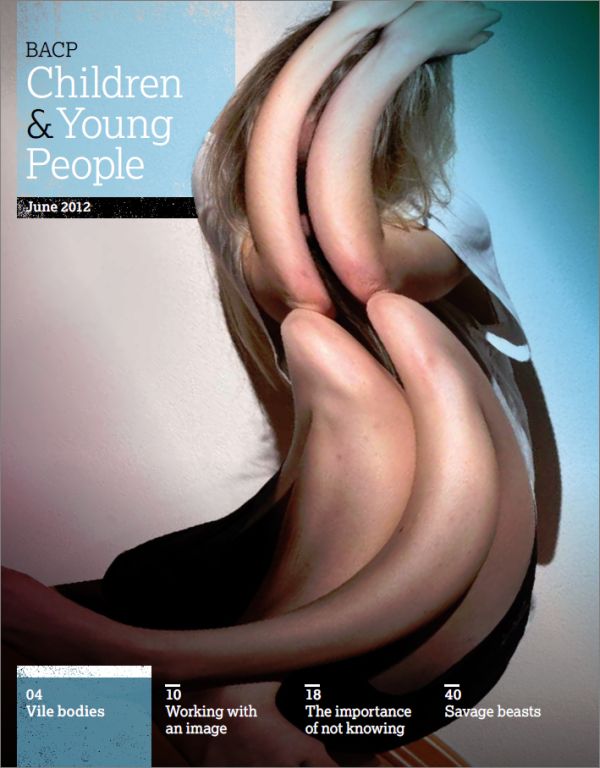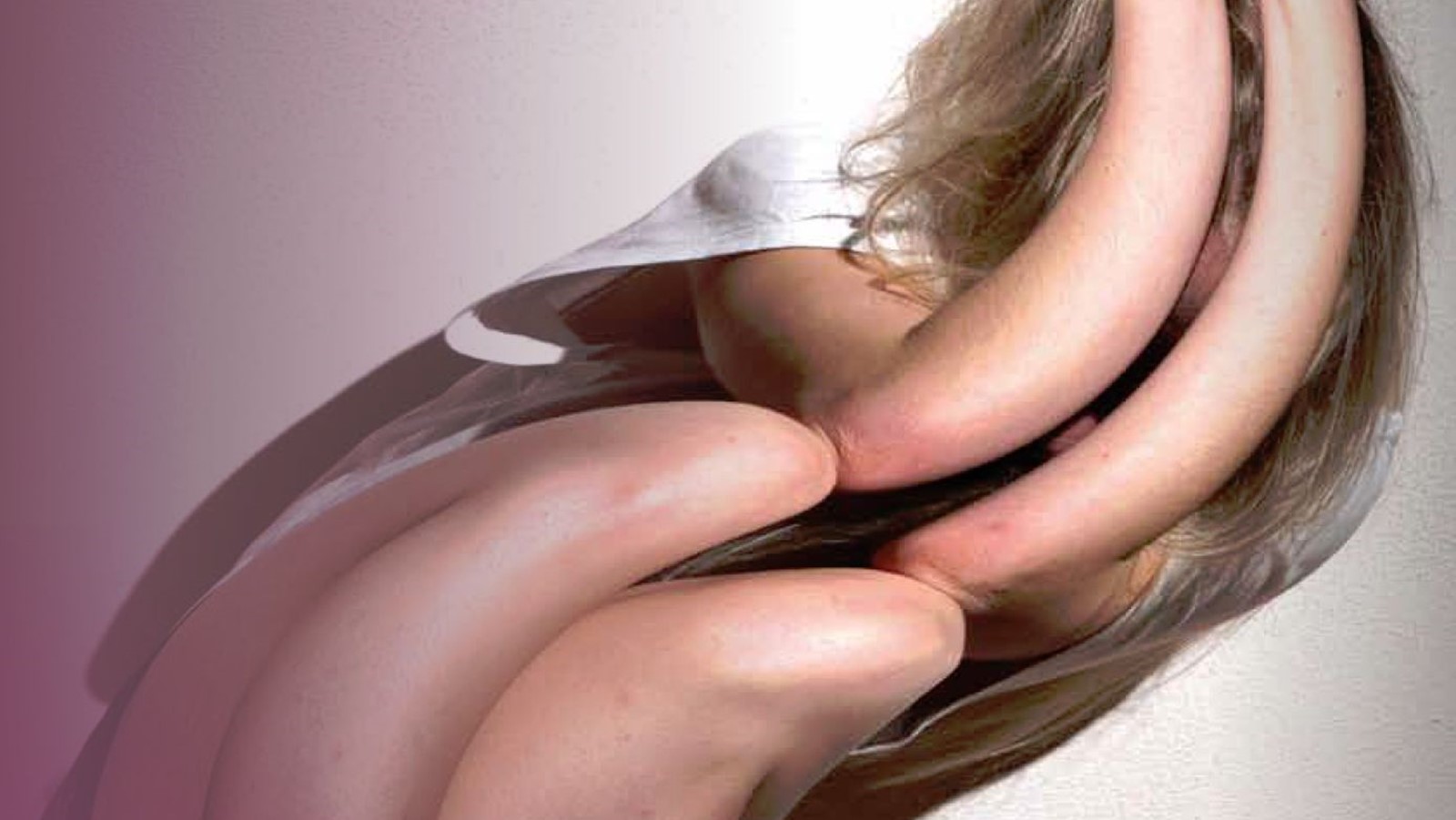In this issue
Features
Vile bodies (free article)
Lucy-Jean Lloyd discusses a problematic area for some adolescents
School counselling on the far side
Jeannie Wright reports on five years with counsellors in New Zealand
Savage beasts
What if fantasy becomes permanent? David Taransaud discusses
In practice
Reading images
What questions help us to work with an image in session? Mary K Greer explains
Not knowing
For Nick Luxmoore, it’s preferable to admit to clients that he doesn’t always have answers
Adolescent families: a clinical tool
Paul Tiffin introduces his Family Perceptions Scale
Extending our range
Hildy Bennett knows that clients with severe learning difficulties can and do make use of therapy
Issues
Self-help for self-harm
George Brooks encourages open discussion and offers an effective tool
Smothering
The effects of this silent abuse on a child’s ability to individuate. Jo Warwick reports
CPD
Ten top tips for varying your CPD hours
Regulars
Destination PhD
with Val Taylor
Reflecting on… faith in the process
Jeanine Connor
From the chair

Not all articles from this issue are available online. Divisional members and subscribers can download the pdf from the BACP Children, Young People and Families archive.
Welcome from the editor
Dealing with our bodies… assessing… not knowing… it’s all in the day’s work for counsellors of young people
Here we are, as promised, in our new finery. I hope you find the journal approachable and relevant and enjoy reading it over the summer. Please feed back your comments to me when you have a moment.
You will notice that our division is now named BACP Children & Young People, and the journal has the same title. I would love to mark this change in the journal’s life by having a really dazzling letters page about matters that are relevant to us in our work with young people, including responses to the articles we publish. In a quarterly journal, read at intervals, it’s easy to think ‘it’s too late now to bother’, but young people’s counsellors are a resourceful and flexible lot (aren’t we?), so how about an Olympian effort to mark the season? No comment is too short. No opinion off limits. Discussion is important. In case it helps, deadline dates for contributions now appear. Many of you also now approach me with ideas for articles, and I extend that invitation to you all. We are a large community of over 4,000 members, and I want the journal to reflect that fact in all its facets.
And now I’m going to ask you a personal question! How many of you have ever hated your bodies? Yes, you heard right! That’s how Lucy-Jean Lloyd started her workshop at a school counsellors’ conference last year. Few were immediately willing to own up. We don’t talk about our bodies in public – and it seems we hesitate to bring up the topic in our sessions. Yet our young people need to have that opportunity before their understandable adolescent preoccupations become the breeding ground for mental ill health. So I commend this article to you, even if the image of a ‘vile body’ feels a little uncomfortable.
Images of any kind bypass cognitive barriers and lead to emotional awareness – as Mary K Greer demonstrates in her article on working with images. If we question wisely, this process of talking about a picture (from any source) allows the young person to see reflected in the image something of their torment, their concerns, their situation in life. I asked Mary to write for us because she is expert at using pictures in this way to empower young people’s self-development. Here, she uses a tarot card (Judgement) to demonstrate some work. It could have been a postcard. The theory is the same – but in recent decades, tarot cards have been widely used for self-awareness and growth. In other words, psychological development, not divination (Art Rosengarten’s book1 makes for an interesting read, if you wish to pursue this connection). So if you’ve ever wondered what and how to ask about an image, Mary’s article is where to head.
However, not knowing everything about life is fine. It’s the counsellor’s stock in trade. If we knew, we would make either risky assumptions or omnipotent claims. Neither is helpful to the client. Nick Luxmoore describes with his usual frank and humorous style how he manages the scary situation of not having answers for his client – and how the client comes to find release in the sort of ‘not knowing’ that is OK. It’s good enough.
In the same way, I cannot know if I have the mix of content right for the journal, although I know it’s ‘good enough’. So I hope we can reach for our keyboards to offer feedback on vile bodies, picture cards, ‘not knowing’ about life, your use (or not) of assessment scales, and any other article here that captures your attention in its new finery. That way, we will learn together.
Eleanor Patrick
Editor
Reference
1 Rosengarten A. Tarot and psychology: spectrums of possibility. St Paul, MN: Paragon House; 2000.
